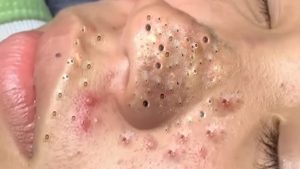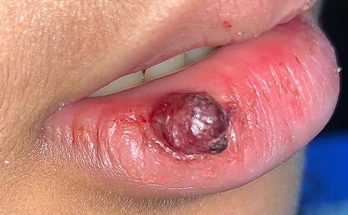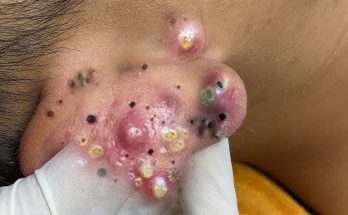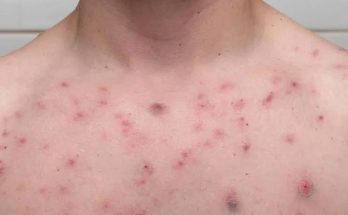Removing and treating blackheads, especially on the nose, can be done with a combination of skincare products, methods, and habits. Blackheads are caused by clogged pores, where oil, dead skin cells, and dirt build up. Here’s a step-by-step guide to help you address and prevent blackheads on the nose:
1. Cleanse Your Skin Regularly
- Purpose: Cleansing removes dirt, oil, and makeup, which can prevent clogged pores.
- How to Do It: Use a gentle foaming or gel cleanser twice daily (morning and evening). Avoid harsh cleansers that can strip the skin of its natural oils, which can lead to more oil production.
- Recommended Products: Look for cleansers that contain salicylic acid or benzoyl peroxide, as they can penetrate the pores and help clear blockages.
2. Exfoliate the Skin
- Purpose: Exfoliating helps to remove dead skin cells, which can clog pores and lead to blackheads.
- How to Do It: Use a gentle exfoliator with either physical or chemical exfoliants like AHAs (alpha hydroxy acids) or BHAs (beta hydroxy acids). BHAs like salicylic acid are particularly effective for treating blackheads because they penetrate the pores deeply.
- Frequency: Exfoliate 2-3 times a week, depending on your skin’s sensitivity.
- Avoid: Over-exfoliating, as it can irritate the skin and worsen blackheads.
3. Use Pore Strips (Occasionally)
- Purpose: Pore strips are designed to physically remove blackheads and unclog pores.
- How to Use: Apply a pore strip to a clean, damp nose. Let it dry for 10-15 minutes before peeling it off. Be careful not to use pore strips too often, as they can damage the skin and hair follicles.
- Frequency: Use once every week or two.
4. Apply Retinoids or Retinol Products
- Purpose: Retinoids help to speed up cell turnover, preventing pores from becoming clogged with dead skin cells.
- How to Use: Apply a pea-sized amount of retinoid or retinol cream at night, starting with a lower concentration if you are new to these products.
- Note: Retinoids can cause dryness or irritation, so start slow and use a good moisturizer.
5. Use a Clay Mask
- Purpose: Clay masks help to absorb excess oil and remove impurities from the pores.
- How to Use: Apply a clay mask to the nose (or the entire face) once or twice a week. Leave it on until it dries, then rinse it off with lukewarm water.
- Recommended Ingredients: Look for masks that contain ingredients like bentonite clay or kaolin clay.
6. Incorporate Salicylic Acid
- Purpose: Salicylic acid is a type of BHA that penetrates deep into the pores to exfoliate and clear out blackheads.
- How to Use: You can use salicylic acid in various forms, such as cleansers, toners, or spot treatments. Apply it after cleansing your skin.
- Frequency: Use daily or several times a week, depending on your skin type.
7. Moisturize Your Skin
- Purpose: Moisturizing keeps the skin hydrated and helps balance oil production, which can prevent clogged pores.
- How to Do It: Choose a lightweight, oil-free moisturizer if you have oily skin, or a richer cream if you have dry skin.
- Recommended Products: Look for a non-comedogenic moisturizer, which is formulated not to clog pores.
8. Avoid Touching Your Face
- Purpose: Touching your face transfers dirt, oil, and bacteria from your hands to your skin, contributing to clogged pores and blackheads.
- How to Do It: Be mindful not to touch your face unnecessarily, and avoid picking or squeezing blackheads.
9. Professional Treatments (Optional)
If home treatments aren’t enough, you might consider professional treatments:
- Chemical Peels: These exfoliate the skin deeply to help remove blackheads.
- Facials: Professional facials can involve deep cleansing and extractions to remove blackheads safely.
- Microdermabrasion: A treatment that exfoliates the outer layer of skin and helps with clogged pores.
10. Prevent Future Blackheads
- Stick to a skincare routine: Consistent care is crucial for long-term results.
- Wear sunscreen: Some treatments, like retinoids, can increase your skin’s sensitivity to the sun. Always use sunscreen to protect your skin from UV damage, which can worsen blackheads and other skin issues.
Final Notes:
If your blackheads are persistent or you notice other skin issues, such as cystic acne, consider visiting a dermatologist for personalized advice. They can help provide stronger treatments or prescriptions that may be more effective for your skin.



